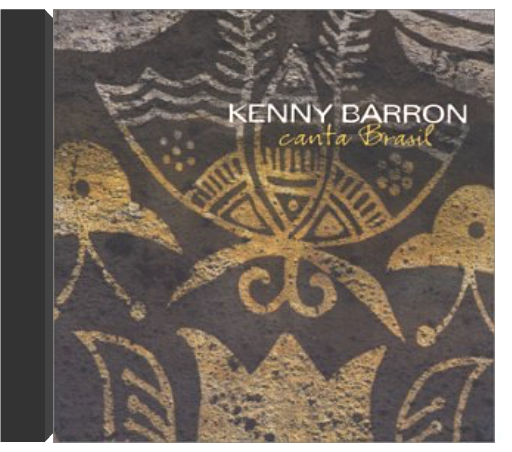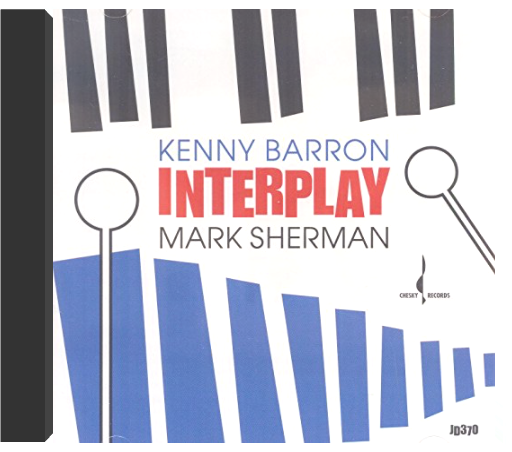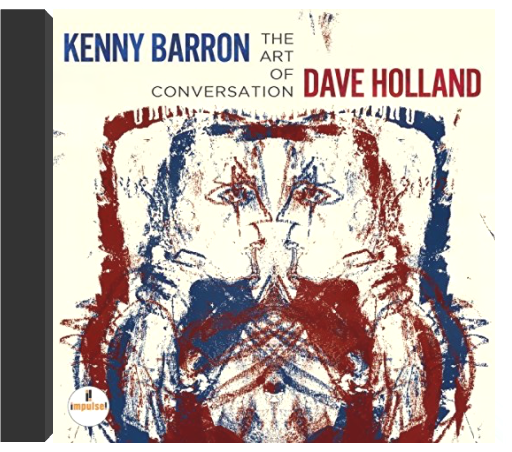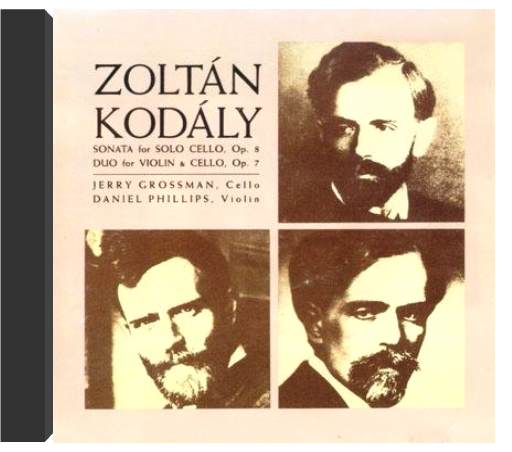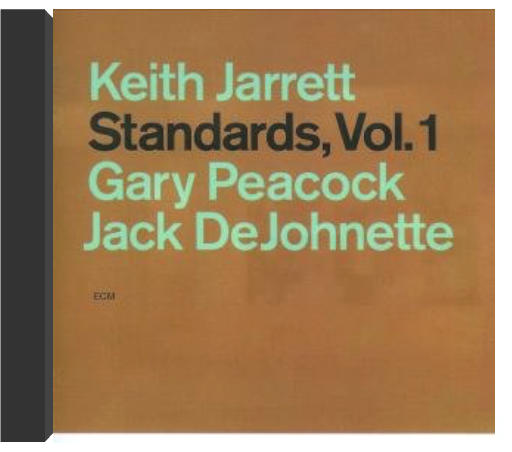 Standards, Vol. 1Keith Jarrett Trio Standards, Vol. 1Keith Jarrett Trio Japanese only SHM-CD (Super High Material CD - playable on all CD players) pressing. Universal. 2008. 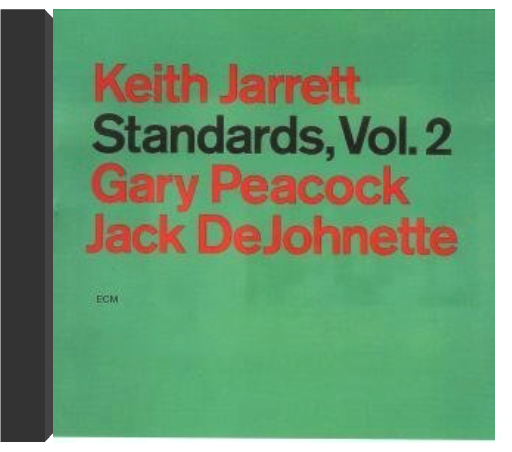 Standards, Vol. 2Keith Jarrett Trio Standards, Vol. 2Keith Jarrett Trio The Standards title here doesn't just refer to the familiar repertoire of classic American songs, since the opening "So Tender" is a Keith Jarrett original. The title is also an allusion to high standards, the level to which this group consistently plays on this 1983 continuation of Standards, Volume 1. Jarrett and Jack DeJohnette had first come to prominence together as members of Charles Lloyd's quartet in the '60s, and there's a special empathy between them, Jarrett's rhapsodic inventions fueled by DeJohnette's loose yet sparkling playing. Gary Peacock, a veteran of piano trios with Jarrett's principal influences Bill Evans and Paul Bley, is an ideal bassist for this format, anchoring the music with his rich, woody sound while generating detailed countermelody with horn-like fluency. Alec Wilder's "Moon and Sand," more art song than standard, generates emotionally compelling and harmonically adventurous work. —Stuart Broomer 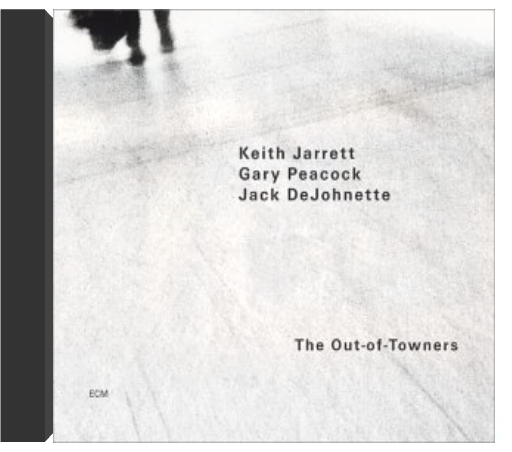 The Out-of-TownersKeith Jarrett Trio The Out-of-TownersKeith Jarrett Trio Japanese pressing of the acclaimed jazz pianist's 2004 live album, recorded in 2001. ECM. 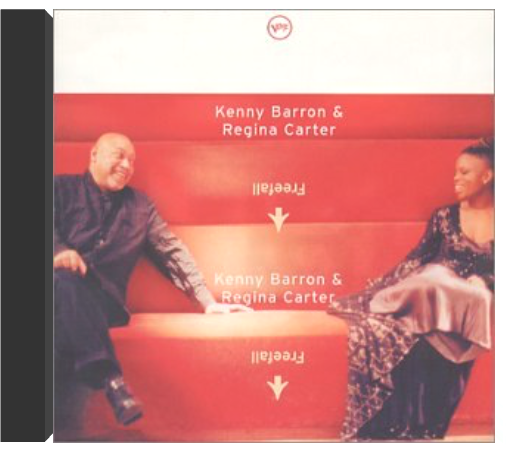 FreefallKenny Barron & Regina Carter FreefallKenny Barron & Regina Carter Duet albums are inherently tricky affairs. Without the added textures and colors of a full band, the minimalist dynamics of two instruments alone together can too often turn repetitious and stale, as the difficulty of generating sparks between two musicians turns into a disappointing experience for the listener. But there are exceptions, and happily, pianist Kenny Barron and violinist Regina Carter's Freefall is one of them. This is a wildly diverse set that shows off these two musicians' enormous talents to great effect. Freefall succeeds where other duet albums sometimes fail, thanks to its variety. Opening with the Afro-Cuban montuno-flavored version of "Softly as in a Morning Sunrise," the album moves through a delicate rendition of Sting's "Fragile," and a bluesy take on Thelonious Monk's "Misterioso," all of which showcase the two musicians' tremendous range. Barron and Carter complement each other perfectly throughout; their interplay even includes some interesting role-reversal moments where Carter backs Barron with rhythmic accompaniment on her violin. And Barron shows why he's still one of the most underappreciated pianists around. For all the pair's technical facility playing various jazz styles though, the high points of the album are undoubtedly on the tracks where they venture the furthest afield, as in the quirky Barron original "What If," and the improvised title track, both of which get into some interesting spaces that recall early 20th-century classical composers such as Bartók and Stravinsky. —Ezra Gale 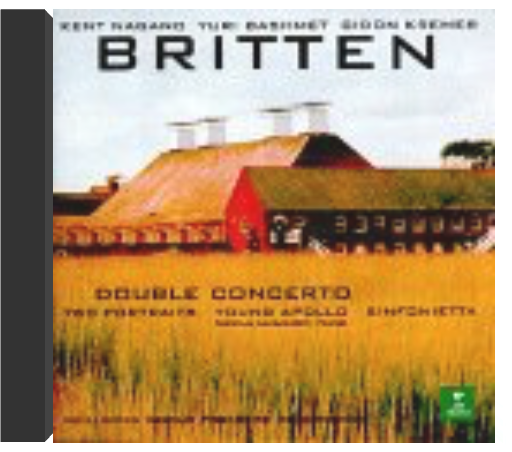 Britten - Double Concerto · Young Apollo · Sinfonietta / Kremer · Bashmet · NaganoKent Nagano, Gidon Kremer, Yuri Bashmet Britten - Double Concerto · Young Apollo · Sinfonietta / Kremer · Bashmet · NaganoKent Nagano, Gidon Kremer, Yuri Bashmet The young Benjamin Britten was profligate with scores—three of these pieces are unheard since his student days, yet hardly inferior to works of his maturity. The 1939 "Young Apollo," his seven-minute fanfare for piano, string quartet, and strings, is marginally the least obscure: its inventive drive and vigor are clearly Britten, and yet, like the other pieces here, in some sense the radical road not taken. The Double Concerto of 1932 for violin and viola announces itself with broody discords and moves rapidly into eloquent fiddling from the two soloists—Gidon Kremer and Yuri Bashmet respond well to this music and give it its full and considerable weight. The 1930 Portraits for string orchestra, the second featuring Bashmet again as soloist in a moody self-portrait, foreshadow much of what Britten was to do later with string orchestra. Nagano deserves congratulations for selecting this innovative program and for the restraint needed in performing work so delicate and inventive; he finally breaks out into virtuosity in the finale of the small-orchestra version of the Sinfonietta, making a case for its being quite as fine as the chamber version Britten acknowledged as his Op. 1. —Roz Kaveney 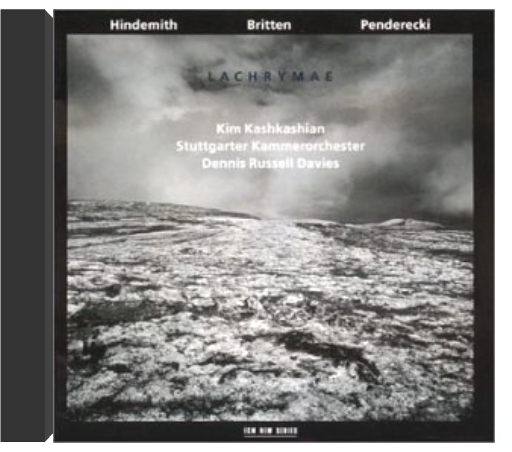 LachrymaeKim Kashkashian LachrymaeKim Kashkashian More music of mourning. Hindemith wrote his Trauermusik in London the day after King George V died in 1936, and he performed it himself the next day in a broadcast memorial concert. Solemn, sad, devotional, and resigned, it is tonal and very beautiful. Britten's orchestration of Lachrymae has more color than the much earlier piano version and lets the viola melt in and out of the texture. Penderecki's Concerto is also very somber and mournful. Opening with a disembodied, sighing viola solo, its single continuous movement is divided by stark contrasts of tempo, mood, character, and texture; alternating between agitated solo cadenzas, crashing percussion, intense climaxes, and singing lamentations, it ends in sighing fragmentation. Kashkashian, who presented the concerto's American premiere, plays it as well as the other works with intense expressiveness, easy brilliance, and a colorful, varied, unfailingly beautiful tone. —Edith Eisler 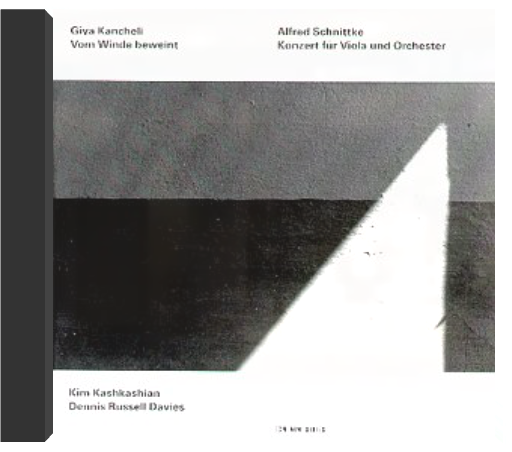 Plays Kancheli & SchnittkeKim Kashkashian Plays Kancheli & SchnittkeKim Kashkashian Both these concertos are characterized by violent contrasts of dynamics, character, texture, and mood. Kancheli calls his work, dedicated to a departed friend, a liturgy. Long passages of motionless single-note drones induce a hypnotic sense of stasis. In four continuous movements, without form or development, it has terrifying orchestral crashes, whispered two-note undulations by the viola, dark, mournful melodies, and lovely folksong- and hymn-like tunes supported by simple tonal harmonies. The ultimate impression is mournful, devotional, and mesmerizingly beautiful. The Schnittke Concerto employs his characteristic "polystylistic," sometimes-chaotic mix of the old and the new. Intense and wild, with big leaps, dissonances, and cadenzas, it opens with a long, eloquent viola solo; the second movement, a "restless chase," sounds like a grotesque waltz; the Finale is a strongly autobiographical, death-haunted lament. The total emotional impact, aided by a terrific, riveting performance, is shattering. —Edith Eisler 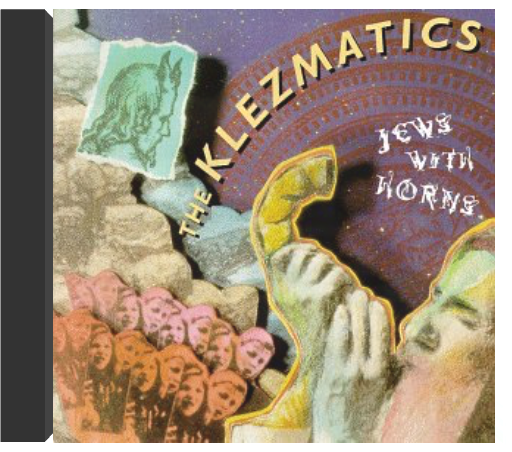 Jews With HornsKlezmatics Jews With HornsKlezmatics If Klezmer music resembles American Dixieland, German cabaret and Balkan dance bands, it's because Yiddish musicians of the 1910s and 1920s weren't afraid to borrow from the gentile music around them. Most of the modern klezmer revivalist bands prefer to preserve the hybrid form of the music as it crystallized before the Holocaust, but the Klezmatics think a '90s klezmer band should be able to borrow just as freely as a '20s band. As a result, Jews with Horns features guest appearances by such New York pals as Elvis Costello guitarist Marc Ribot and the members of Betty and Moxy Fruvous. The Klezmatics themselves have played with such diverse acts as Shockabilly, Music from Marlboro, Lester Bowie, John Zorn, LL Cool J, They Might Be Giants and the Zlatne Uste Balkan Brass Band. For all that, the irreverently pun-titled Jews with Horns is definitely a klezmer album. It features Yiddish lyrics, the usual instrumentation of clarinet, fiddle, accordion, trumpet, bass, and drums, and either traditional melodies or traditional-sounding tunes. The modern influence can be heard in the way these acoustic dance rhythms really kick and in the soloists' pursuit of high-energy excitement, even if it involves a little dissonance. —Geoffrey Himes |
 Made with Delicious Library
Made with Delicious Library

